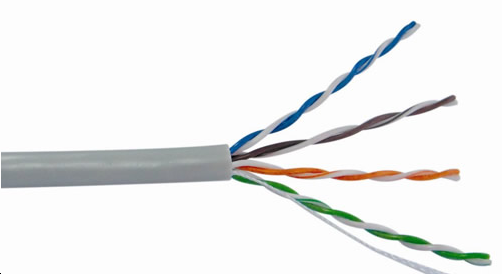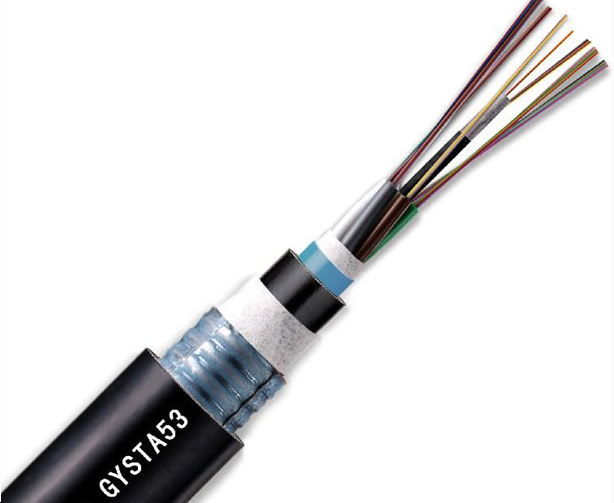- Related articles
- All Cisco XFP-10GZR-OC192LR’s Information (Overview, Features, Datasheet PDF, Price, Speci
- Optical Transceivers for Cisco SF250-48HP-K9-EU Switch
- All Cisco DWDM-XFP-48.51's information (List price, Specs, Datasheet PDF, Compatibility ma
- What Is Network Card PCI Express x16?
- All Cisco ONS-SI-GE-ZX's information (List price, Specs, Datasheet PDF, Compatibility matr
- What is a transceiver in networking?
- All Cisco SFP-10G-BXD-I’s Information (Overview, Features, Data Sheet PDF, Price, Specifi
- Optical Transceivers for Cisco WS-C3750E-48PD-E Switch
- 10GBASE-T or SFP Plus
- Optical Transceivers for Cisco SF350-48P-K9-EU Switch

Coaxial cable and fiber optic cables are all widely used in network and communication as transmission medium. Both of them have similar appearance but different formation in structure. To tell one from another, you have to get familiar with the structures of them. And apart from the structure, they are also different in performance and application.
Difference between coaxial cable and fiber optic cable
Structure
Basically, a coaxial cable is comprised of several layers of insulated wire that wraps with central copper conductors. Structurally, it includes four parts inside, they are solid conductor wire, a layer of insulation, a grounding conductor and a layer of exterior insulation.
Fiber optic cable is made of a fiber core, strengthen components and protective lays. The fiber core inside fiber optic cable is made by silica mixed with germanium, phosphorus and other materials, which is a very thin and soft fiber or multiple fibers. The outer layer is made of pure silica, which refracts the optical signal into the fiber core, and light signal is transmitted through light beam in the fiber.
Performance
Due to the configuration, coaxial cable makes itself excellent in the performance of anti-jamming. Besides, it is able to transmit data in a quite stable way. What’s more, coaxial cable is affordable at a very low price. Thus, it was extensively used around the world, such as in the closed-circuit television lines and so on.
In traditional Ethernet cabling, coaxial cable has been used as a good alternative due to its low price and anti-jamming. Normally, it runs at 10 or 100 megabit bandwidths. However, a single coaxial cable can cause damage for the entire network system and it’s difficult to maintain or fix, so it has been put into less uses in recent years.
Unlike coaxial cable, fiber optic cable is a medium for transmitting optical signals, it is not carrying electric signals, which makes it quite applicable for flammable or explosive environments.
Comparing with coaxial cable, fiber optic cable provides large bandwidth, and it can transmit quite faster at a speed of 10Gb/s. And fiber optic cable is the fastest transmission medium by now.
Furthermore, fiber optic cable is able to support a longer transmission distance than coaxial cable, the longest distance can up to over 2km. So fiber optic cable is more often used in the long distance transmission.
Conclusion
Even though the fiber optic cables are used instead of coaxial cables in increasing areas, but actually coaxial cables are enough to deal with some applications such as our house. By knowing the differences between fiber optic cable and coaxial cable, we could tell one from another, and, we can make a proper choice when we deploy network and reduce the costs as well.























































